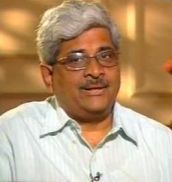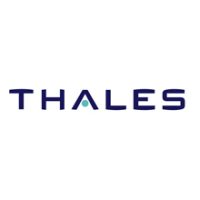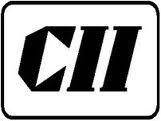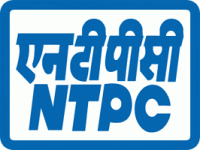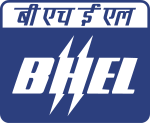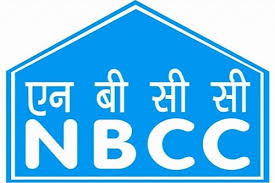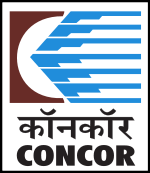Delineating emerging growth drivers, Dr Naushad Forbes, President, CII, pegged India’s GDP growth rate for 2016-17 at 7.75 – 8.25 per cent. “Strong macroeconomic fundamentals, favorable business sentiments, and downward trend in interest rates are significant positives for the economy. CII estimates that Government infrastructure investments and increased investments from the private sector will boost GDP growth to the 8 per cent range,” he stated.
Dr Forbes, Co-Chairman, Forbes Marshall, was addressing his first press conference since assuming charge as CII President on April 5.
Noting risk factors, Dr Forbes added that the external demand situation would have to be closely watched. A flat corporate performance, fiscal pressure from the Seventh Pay Commission and potential increase in oil prices in the coming year would be further risk factors.
With this mix of positive and risk factors, Dr Forbes announced the CII Theme for 2016-17 as ‘Building National Competitiveness’.
Giving the example of countries such as Japan and Korea, he stressed, “No country has grown without rapid increases in productivity at all levels, including human resources, capital and innovation. India must accelerate its productivity attainments through strategic interventions on building human talent, quality, and technology.”
Employment generation and entrepreneurship are imperatives to address inclusiveness of the growth process, felt Dr Forbes. He observed that initiatives such as Standup India launched by Hon’ble Prime Minister would create new opportunities for inclusive growth. He also outlined CII initiatives in this critical area.
The new CII President lauded the Government for its strong reform agenda and highlighted further areas to be addressed at the policy level to enhance competitiveness. He urged for the quick passage of the Constitutional Amendment to introduce the Goods and Services Tax, adding that this would make India a single market and reduce transaction costs.
The Bankruptcy Bill and a uniform public procurement policy are further items on the legislative agenda. States should consider amending their labour regulations and land acquisition processes to create a better investment climate, stressed Dr Forbes.
According to the CII President, non-legislative reforms that can be implemented through administrative action should be accelerated. Some of these include expansion of the JAM trinity of Jan Dhan Yojana, Aadhar and mobile telephony, grandfathering and sunset clauses for new Government schemes, and continued action on infrastructure investments.
The CII President delineated six key enablers for building national competitiveness and announced new CII action initiatives for the year for each:
1. Human Development:
CII will set up 3 Model Career Centers in Gurgaon, Mumbai and Chennai. A hundred district-level corporate training centers would be established in 2016-17.
CII will set up the CII University in Amaravati, the designated new capital of Andhra Pradesh. It would also work with the Government on taking 10 public and private universities to world class levels.
2. Ease of Doing Business:
CII would continuously monitor Ease of Doing Business progress. An industry-Trade Union dialogue would be commenced for better industrial relations.
3. Corporate Integrity and Good Citizenship:
CII is launching the CII Model Code of Conduct and Code of Good Corporate Citizenship to guide members on ethical business.
A course would be commenced in collaboration with Indian School of Business (ISB) and GE on training Compliance Officers.
4. Innovation and Technical Capability:
To facilitate R&D, CII proposes to establish India Design Center, Indian Industry IP Foundation, and a National Startup Center for non-IT rural entrepreneurship. The Confederation called for targeting total R&D spending at 2 per cent of GDP with equal shares of public and private sectors.
5. Sustainability:
In line with the country’s commitment to reduce emissions intensity by a third by 2030, CII would undertake a national movement for doubling energy efficiency by that year. The Green Company rating, GreenCo, will be disseminated for adoption by all CII members over the next three years.
CII also recommended a comprehensive policy for developing solar energy, including solar panel manufacturing, standards and financial strategies.
6. Integrating with the World:
Dr Forbes announced the launch of CII Market Facilitation Services for end-to-end services for Indian companies to operate overseas. Likewise, services to overseas companies entering India would also be provided.
The Confederation proposes to set up a world-class International Convention Center in Amaravati in collaboration with the Government of Andhra Pradesh.
Dr Forbes also outlined CII policy recommendations for all six enablers.


